Throughout human history, certain events have hinged on the actions of unexpected players—birds. These feathered creatures have influenced warfare, scientific discoveries, and even saved entire communities. While we often attribute historical turning points to human decisions, birds have quietly shaped our world in profound ways. From ancient Rome to modern navigation systems, avian interventions have altered outcomes and redirected the course of history. This article explores seven remarkable instances where birds didn’t just witness history—they created it.
The Sacred Geese That Saved Rome
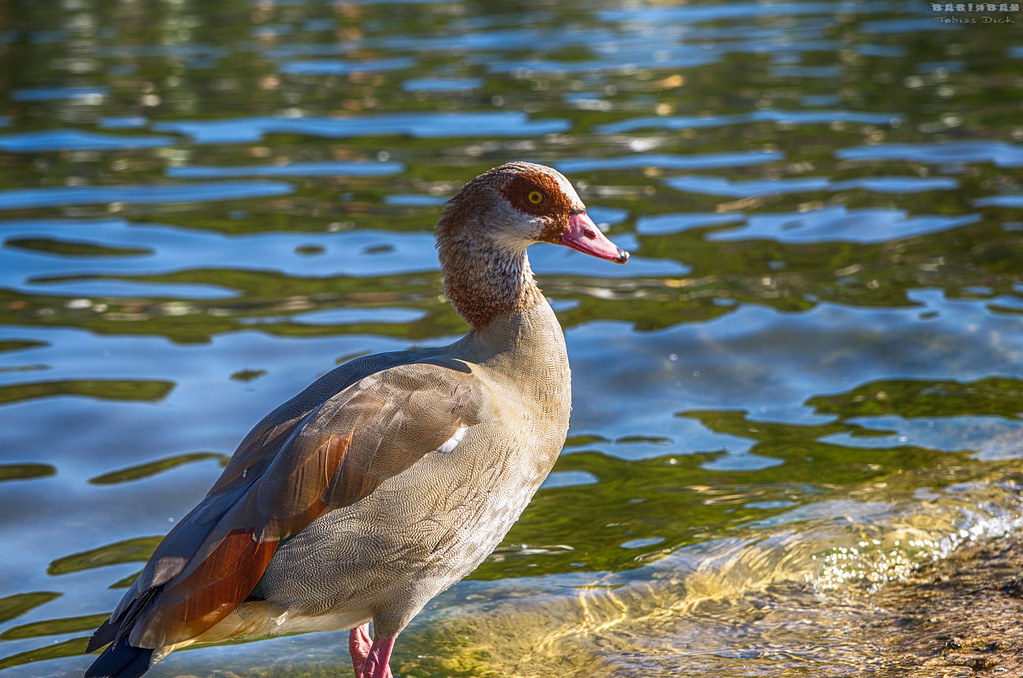
In 390 BCE, Rome faced imminent destruction when Gallic forces attempted a night attack on the Capitoline Hill, the last Roman stronghold after the city’s capture. The Romans, exhausted from battle, had fallen into deep sleep, leaving their city vulnerable. However, the sacred geese kept in the temple of Juno raised a cacophony of honks at the approaching enemy, alerting the Roman defenders. Marcus Manlius, awakened by the commotion, rallied his forces and successfully repelled the Gallic assault. This avian intervention preserved Rome in its infancy, allowing it to eventually grow into one of history’s greatest empires. The event was so significant that annual ceremonies were held afterward where geese were carried on cushions in fine processions, while dogs (who had failed to sound the alarm) were ritually punished.
Darwin’s Finches and the Theory of Evolution
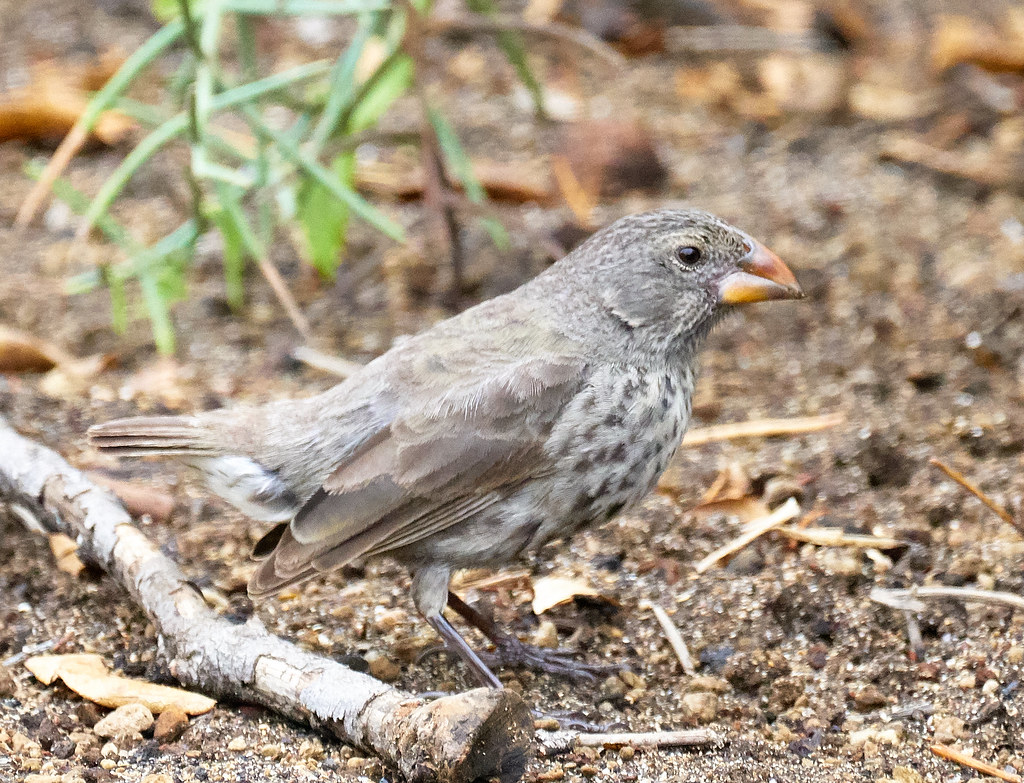
When Charles Darwin visited the Galápagos Islands in 1835, he observed something remarkable among the local finches—subtle variations in beak size and shape across different islands. These observations became crucial evidence supporting his revolutionary theory of evolution through natural selection. The finches, having adapted to different food sources on their respective islands, demonstrated how environmental pressures could drive species diversification. Darwin’s detailed documentation of these birds provided a cornerstone for “On the Origin of Species,” published in 1859, which fundamentally changed our understanding of life on Earth. The impact of these small birds on scientific thought cannot be overstated, as they helped launch a paradigm shift that challenged religious dogma and transformed biology, anthropology, and countless other fields.
Homing Pigeons in World War I
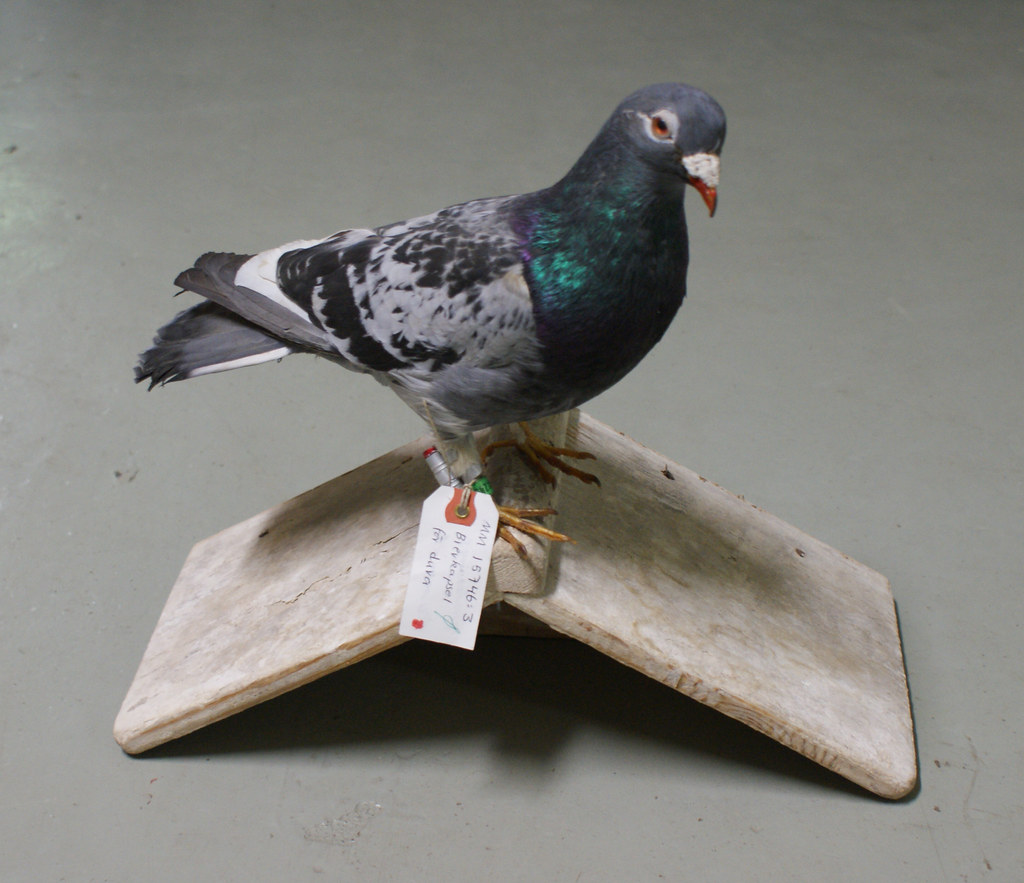
During World War I, communication technology was limited and vulnerable to interception, creating a critical need for reliable messaging systems in battlefield conditions. Military forces turned to homing pigeons, which transported over 95% of all messages with an astonishing 98% success rate across battle lines. Perhaps the most famous war pigeon was Cher Ami, who saved the “Lost Battalion” of the 77th Division in the Argonne Forest in October 1918. Despite being shot through the chest and losing a leg, this determined bird delivered a message that prevented further friendly fire and enabled the rescue of 194 soldiers. For this heroic service, Cher Ami received the French Croix de Guerre with palm and was preserved for posterity at the Smithsonian Institution. The bird’s legacy demonstrates how these winged messengers changed military outcomes and saved countless lives during one of history’s deadliest conflicts.
The Dodo and Conservation Awakening
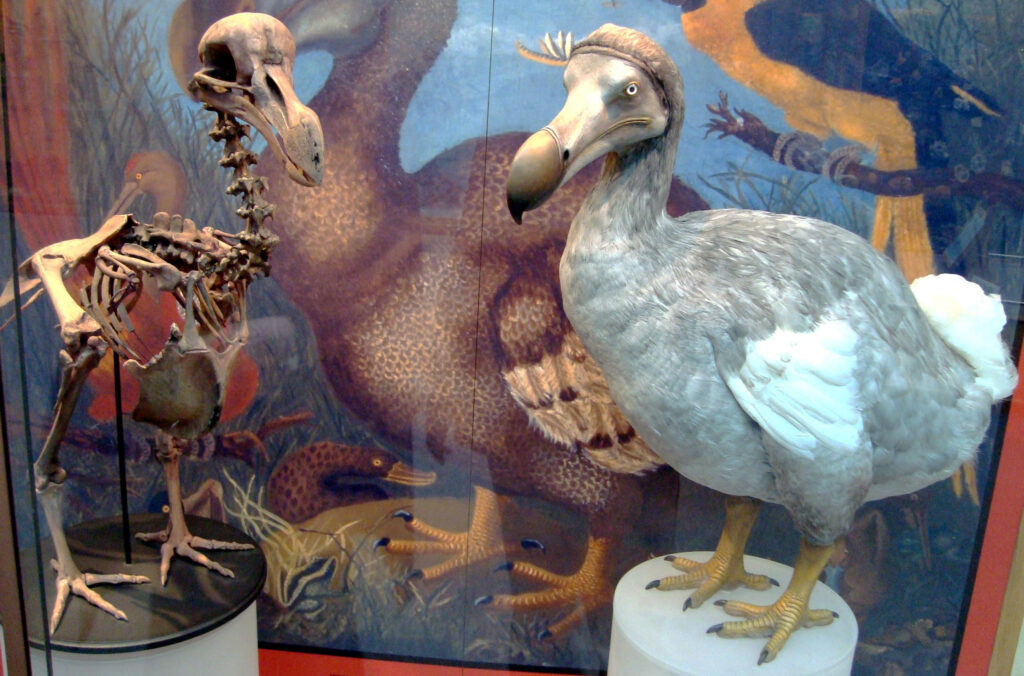
The extinction of the dodo bird in the late 17th century marked a pivotal moment in human awareness of our impact on other species. Native only to Mauritius, this flightless bird disappeared within less than a century of human contact, primarily due to hunting and the introduction of invasive species. The dodo became the first widely recognized example of human-caused extinction, eventually catalyzing a fundamental shift in how we perceive our responsibility toward wildlife. Its demise entered cultural consciousness through Lewis Carroll’s “Alice in Wonderland” and countless other references, becoming a powerful symbol of loss and environmental negligence. This single species’ disappearance ultimately contributed to the birth of the modern conservation movement, inspiring protection efforts for countless other threatened species and establishing the concept that extinction is not merely a natural process but often a preventable human-caused tragedy.
Canaries in Coal Mining
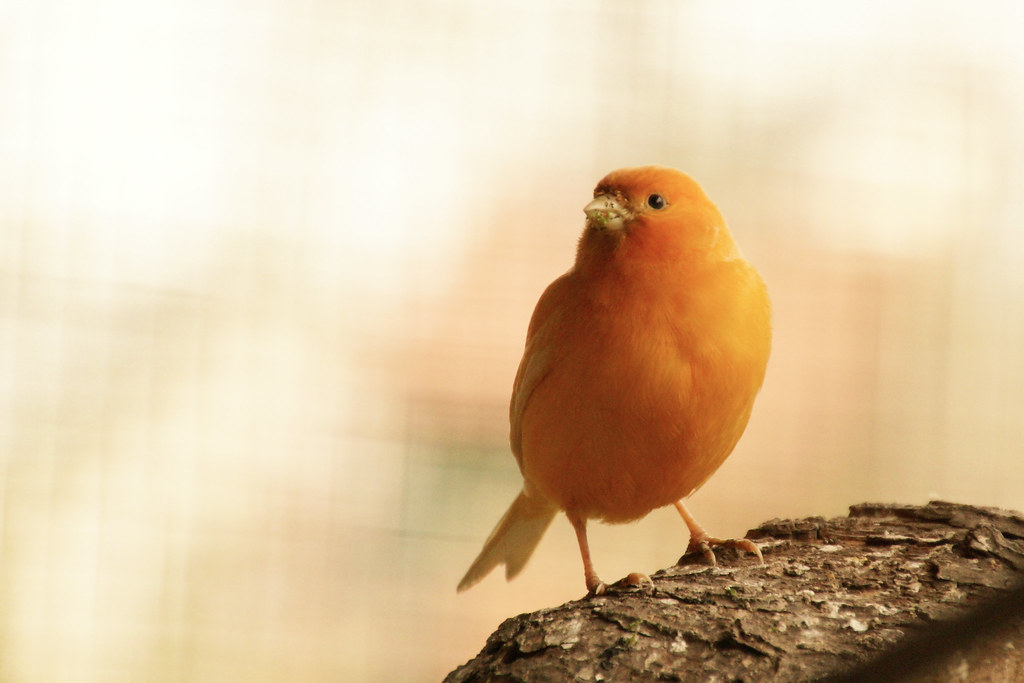
The phrase “canary in a coal mine” originated from a practice that saved thousands of miners’ lives throughout the 19th and early 20th centuries. Coal miners would bring canaries into mines because these birds are extremely sensitive to carbon monoxide and other toxic gases that would often accumulate in the underground tunnels. If dangerous gases were present, the canary would show signs of distress or even die before the levels became lethal to humans, giving miners crucial warning to evacuate. This early biological detection system was officially implemented in British mines in 1911 and remained in use until 1986, when electronic detectors finally replaced the birds. The canaries’ involuntary sacrifice transformed industrial safety standards and workplace protections, ultimately contributing to regulatory frameworks that extend far beyond mining operations to protect workers across numerous industries.
Rachel Carson’s Birds and the Environmental Movement
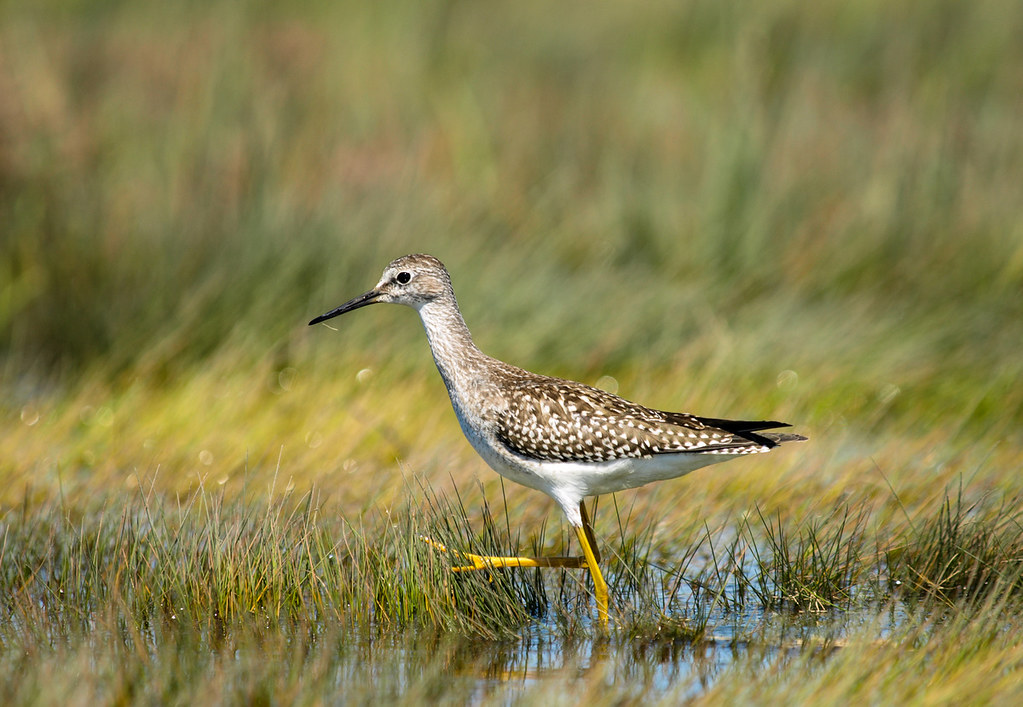
In 1962, marine biologist and writer Rachel Carson published “Silent Spring,” a groundbreaking book that documented the devastating effects of pesticides—particularly DDT—on bird populations across America. The title itself evoked a chilling future where spring arrived without birdsong, as many species faced reproductive failure when DDT caused eggshell thinning and embryo death. Carson’s meticulous research on the decline of birds like bald eagles, peregrine falcons, and brown pelicans galvanized public opinion and eventually led to the nationwide ban of DDT in 1972. This landmark environmental victory not only saved numerous bird species from potential extinction but also sparked the modern environmental movement, directly influencing the creation of the Environmental Protection Agency and numerous protection laws. The plight of these birds effectively changed government policy and public consciousness about chemical pollution, creating ripple effects that continue to shape environmental activism today.
The Birds That Inspired Human Flight
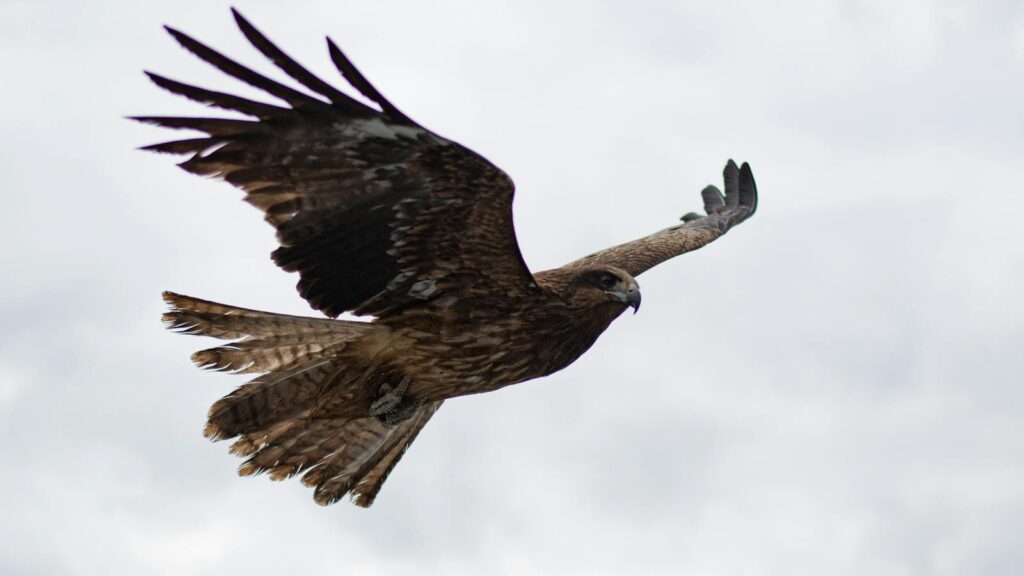
For centuries, humans observed birds with envy and wonder, dreaming of conquering the skies ourselves. Leonardo da Vinci’s detailed sketches of bird wings and flight mechanics in the 15th century represented some of the earliest scientific approaches to aviation. The Wright brothers, widely credited with creating the first successful airplane, spent countless hours observing turkey vultures and other soaring birds, noting how they adjusted their wings to maintain stability. Orville Wright explicitly stated, “Learning the secret of flight from a bird was a good deal like learning the secret of magic from a magician.” When their Wright Flyer successfully took flight at Kitty Hawk in 1903, it represented the culmination of human-bird observation dating back to antiquity. This achievement fundamentally transformed transportation, warfare, global commerce, and even human geography—all inspired by the natural aeronautical engineering embodied in birds.
How Birds Helped Navigate the Pacific
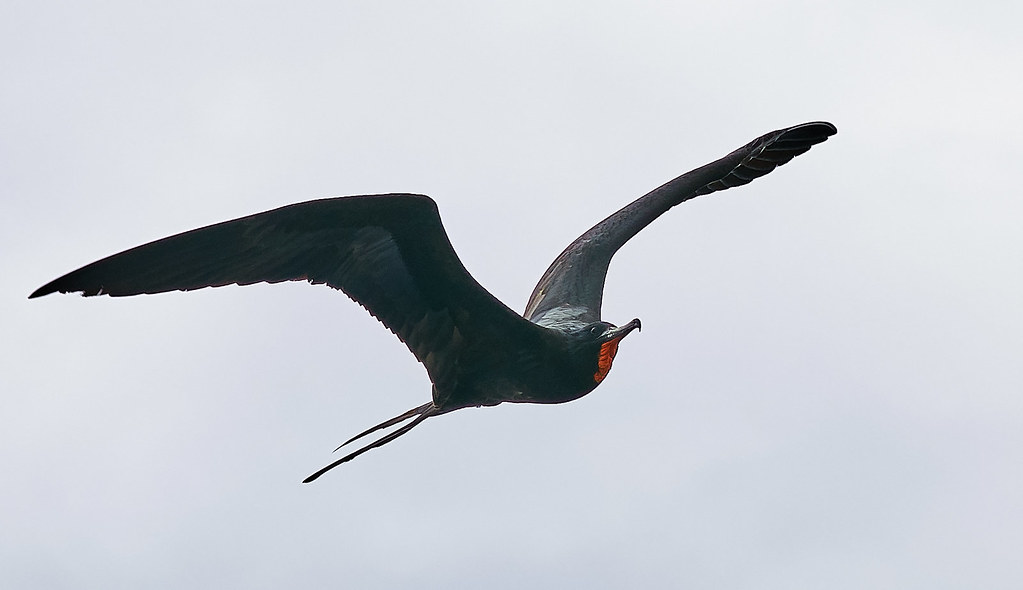
Polynesian navigators accomplished one of history’s most remarkable feats of exploration by settling islands across the vast Pacific Ocean long before European explorers arrived with their sophisticated instruments. These ancient mariners relied heavily on bird observation for navigation and island finding. Migratory birds like the golden plover and the bristle-thighed curlew would fly predictable seasonal routes between islands, providing directional guidance to observant sailors. Additionally, navigators knew that certain species would fly out to sea in the morning to fish and return to land in the evening, helping identify the direction of unseen islands within approximately 30 miles. Frigate birds, which don’t land on water despite traveling great distances from shore, were particularly valuable indicators of nearby land. These avian-assisted navigation techniques enabled the settlement of Hawaii, New Zealand, Easter Island, and countless smaller Pacific islands, creating diverse civilizations across the world’s largest ocean centuries before compass-guided European exploration.
The Passenger Pigeon’s Extinction and Market Regulation

Once the most abundant bird in North America and possibly the world, the passenger pigeon’s population collapsed from billions to extinction in just a few decades. Commercial hunting in the late 19th century decimated the species, with hunters killing millions annually for meat and sport. The last confirmed wild passenger pigeon was shot in 1901, and the last captive bird, Martha, died at the Cincinnati Zoo in 1914. This extraordinarily rapid extinction of such an abundant species shocked the American public and policymakers alike, demonstrating that even seemingly inexhaustible natural resources could disappear forever. The passenger pigeon’s demise directly influenced the passage of the Lacey Act of 1900 (America’s first federal wildlife protection law) and the Migratory Bird Treaty Act of 1918, establishing precedents for federal wildlife regulation that continue today. This single species’ disappearance fundamentally changed how Americans conceptualized conservation and natural resource management, shifting from an exploitation mindset toward sustainability principles.
Birds, Agriculture, and Human Settlement
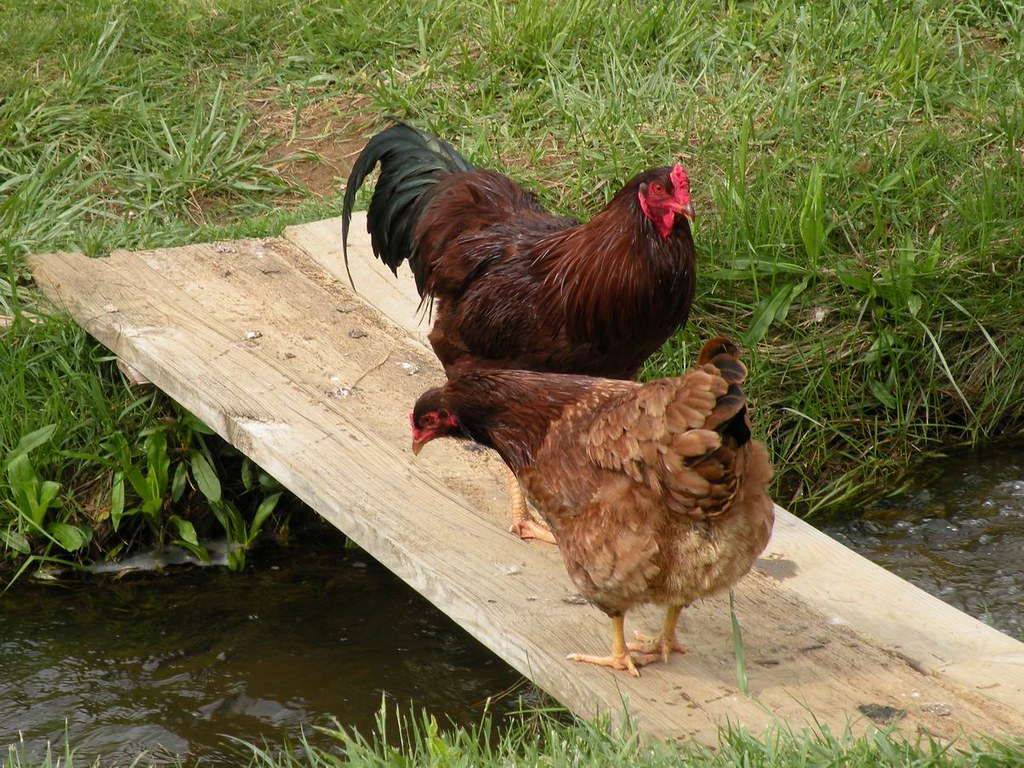
The domestication of chickens approximately 8,000 years ago in Southeast Asia represents one of the most significant bird-related developments in human history. Unlike other domesticated animals requiring extensive grazing land, chickens could be maintained in small spaces while providing both meat and eggs—a compact, efficient protein source that helped enable permanent settlements and population growth. As chickens spread globally through trade routes, they transformed human nutrition and farming practices across cultures. Beyond domesticated birds, farmers throughout history relied on wild birds for pest control, with insectivorous species protecting crops from destructive insects. In more recent history, the introduction of European starlings to North America in the 1890s (part of a project to bring all birds mentioned by Shakespeare to the continent) created one of the most disruptive invasive species events in agricultural history, causing billions in crop damage and fundamentally altering ecological balances. These avian influences on agriculture have shaped human settlement patterns, food security, and land use across millennia.
Albatrosses and Maritime Superstition
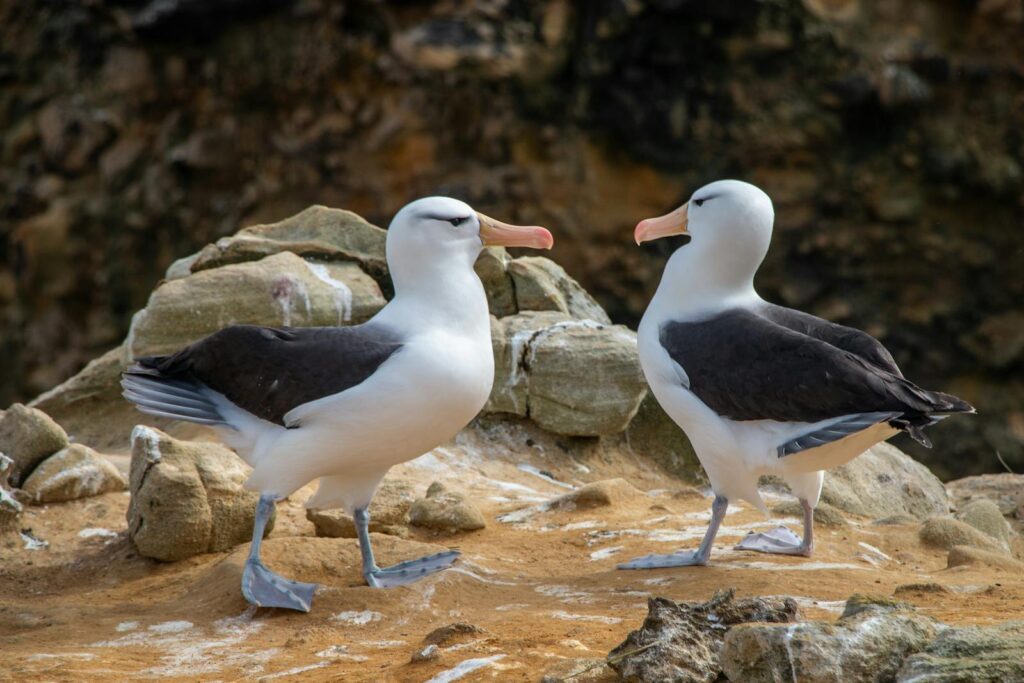
Sailors throughout history developed complex belief systems around albatrosses, enormous seabirds capable of following ships for thousands of miles across open ocean. Many maritime cultures considered these birds to embody the souls of dead sailors, making it taboo to harm them and potentially bringing catastrophic bad luck to any sailor who killed an albatross. This superstition entered literary immortality through Samuel Taylor Coleridge’s 1798 poem “The Rime of the Ancient Mariner,” where the protagonist’s killing of an albatross brings supernatural punishment upon his ship. These beliefs influenced sailing practices and maritime culture for centuries, with captains enforcing strict prohibitions against harming the birds even during desperate food shortages. Beyond superstition, albatrosses genuinely helped guide ships toward land after long voyages and indicated weather patterns through their flight behaviors. The cultural significance of these birds demonstrates how avian-human relationships shaped not just practical aspects of history but also belief systems and maritime psychology.
Birds as Diplomatic Gifts That Changed International Relations
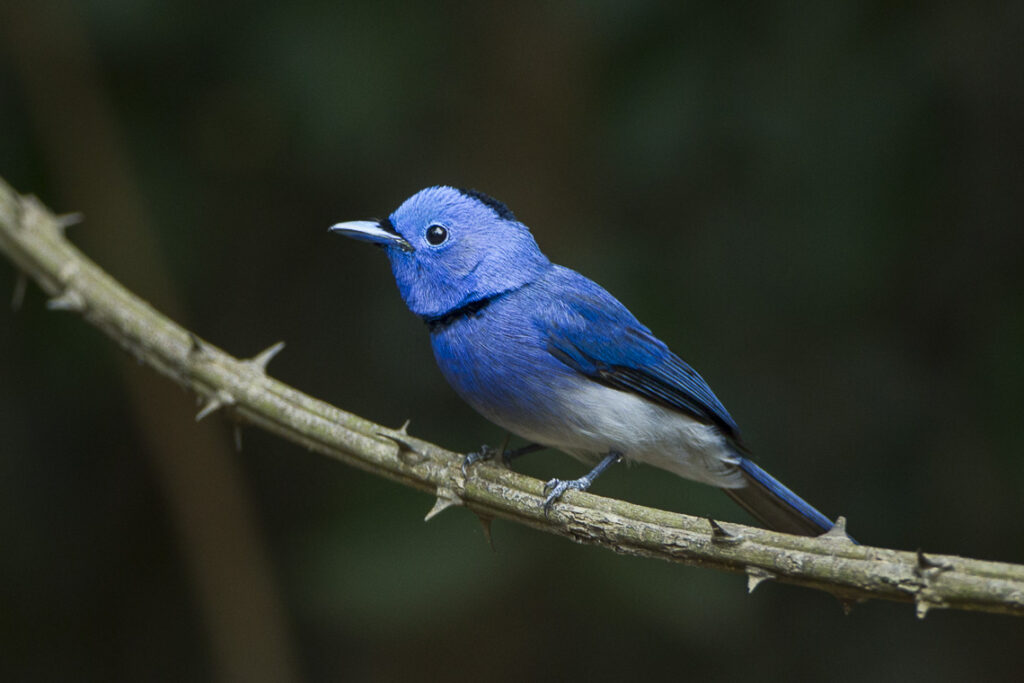
Throughout history, exotic birds have served as high-value diplomatic gifts that opened trade routes and influenced international relations. Perhaps the most famous example is Emperor Charlemagne’s diplomatic relationship with Harun al-Rashid, the Abbasid Caliph, who sent the European ruler an elaborate water clock featuring mechanical birds in 807 CE, establishing crucial diplomatic ties between Islamic and Christian worlds. Centuries later, bird diplomacy reached new heights when European exploration of the Americas, Africa, and Asia created access to previously unknown species. The presentation of macaws, toucans, and birds of paradise to European monarchs often accompanied treaties and trade agreements, with their exotic beauty symbolizing the wealth and wonder of distant lands. In more recent history, China’s “panda diplomacy” was preceded by “crane diplomacy,” with rare red-crowned cranes sent as gifts to Japan in the 1970s and 1980s to improve bilateral relations. These avian ambassadors opened diplomatic channels, inspired artistic and cultural exchanges, and sometimes altered the balance of international power through the relationships they helped establish.
Conclusion: The Unexpected Wingbeats of History
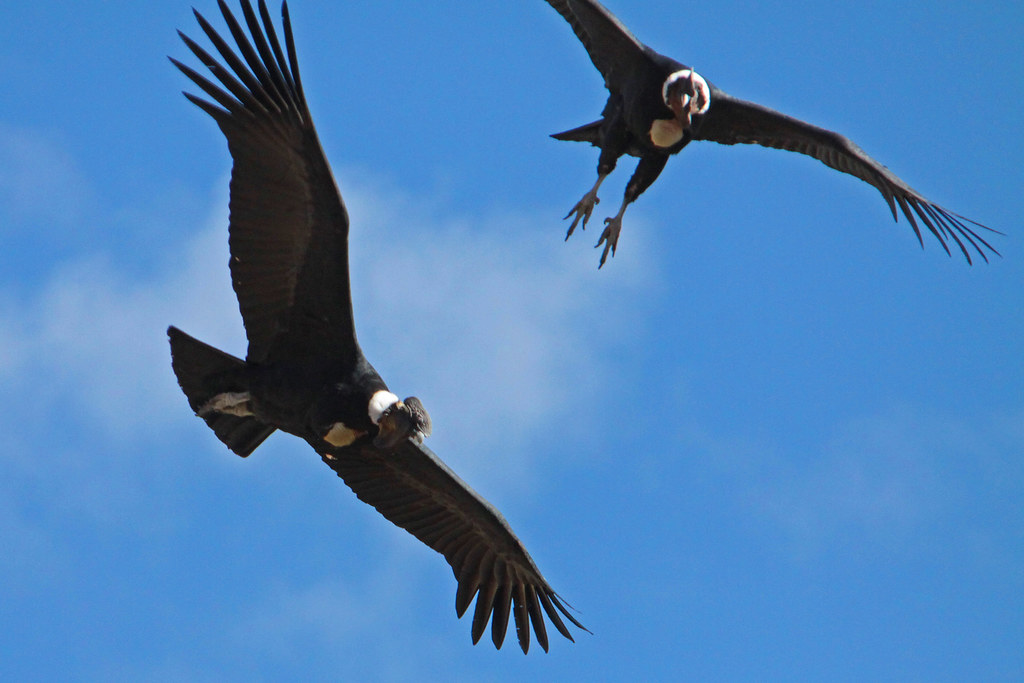
The seven historical events shaped by birds reveal a profound interconnection between human civilization and the avian world. From saving ancient Rome to launching scientific revolutions, from transforming warfare to inspiring technological breakthroughs, birds have repeatedly altered historical trajectories in ways we rarely acknowledge. Their roles as messengers, warning systems, navigation guides, and symbols demonstrate that history isn’t solely a human narrative—it’s a complex interspecies story where even the smallest creatures can create massive change. As we face contemporary challenges like climate change and biodiversity loss, these historical examples remind us to consider the subtle yet crucial roles that birds and other wildlife continue to play in our collective future. Perhaps by recognizing these feathered forces of history, we might develop a deeper appreciation for the countless ways non-human species shape our world, often when we least expect it.
